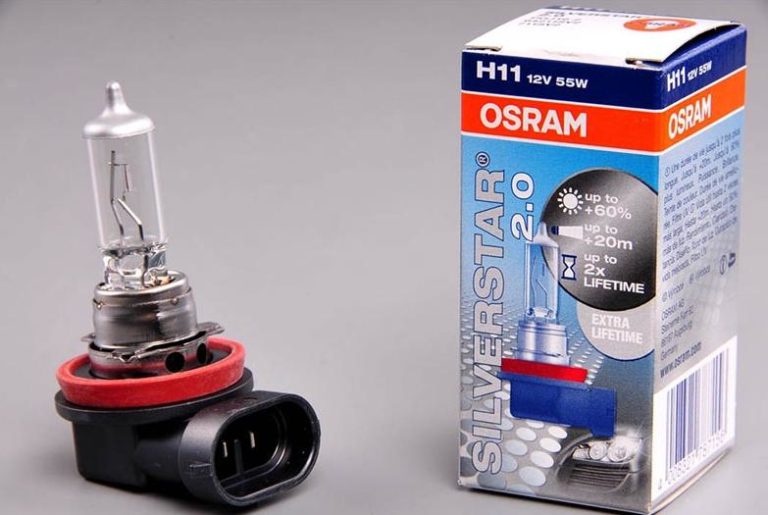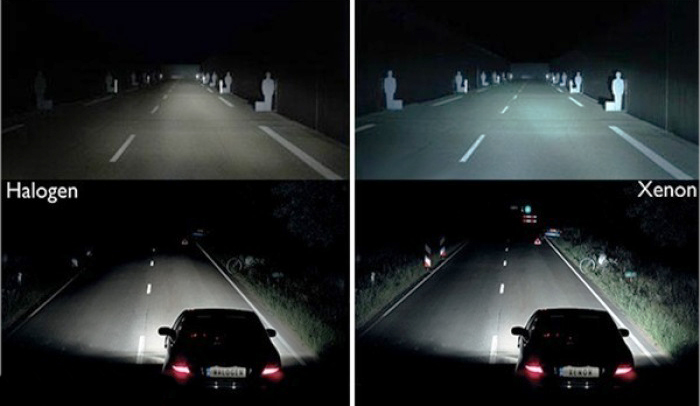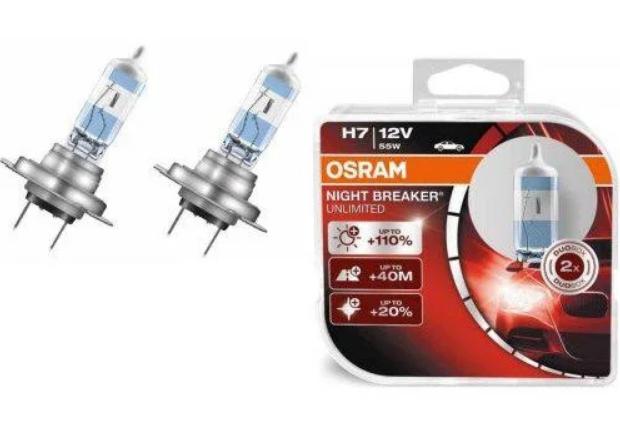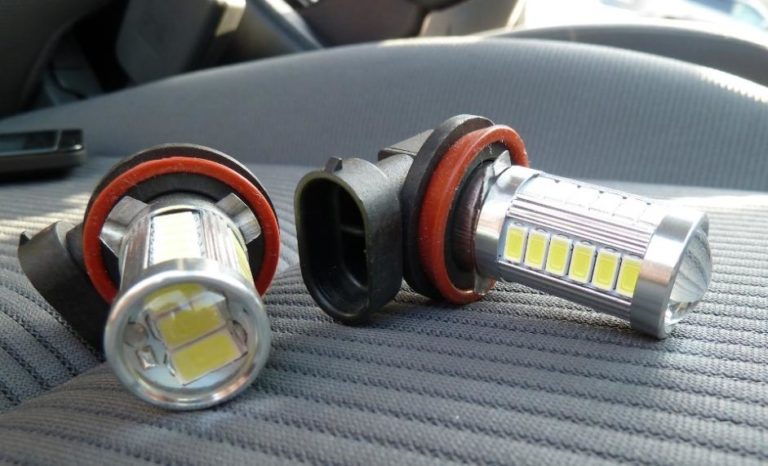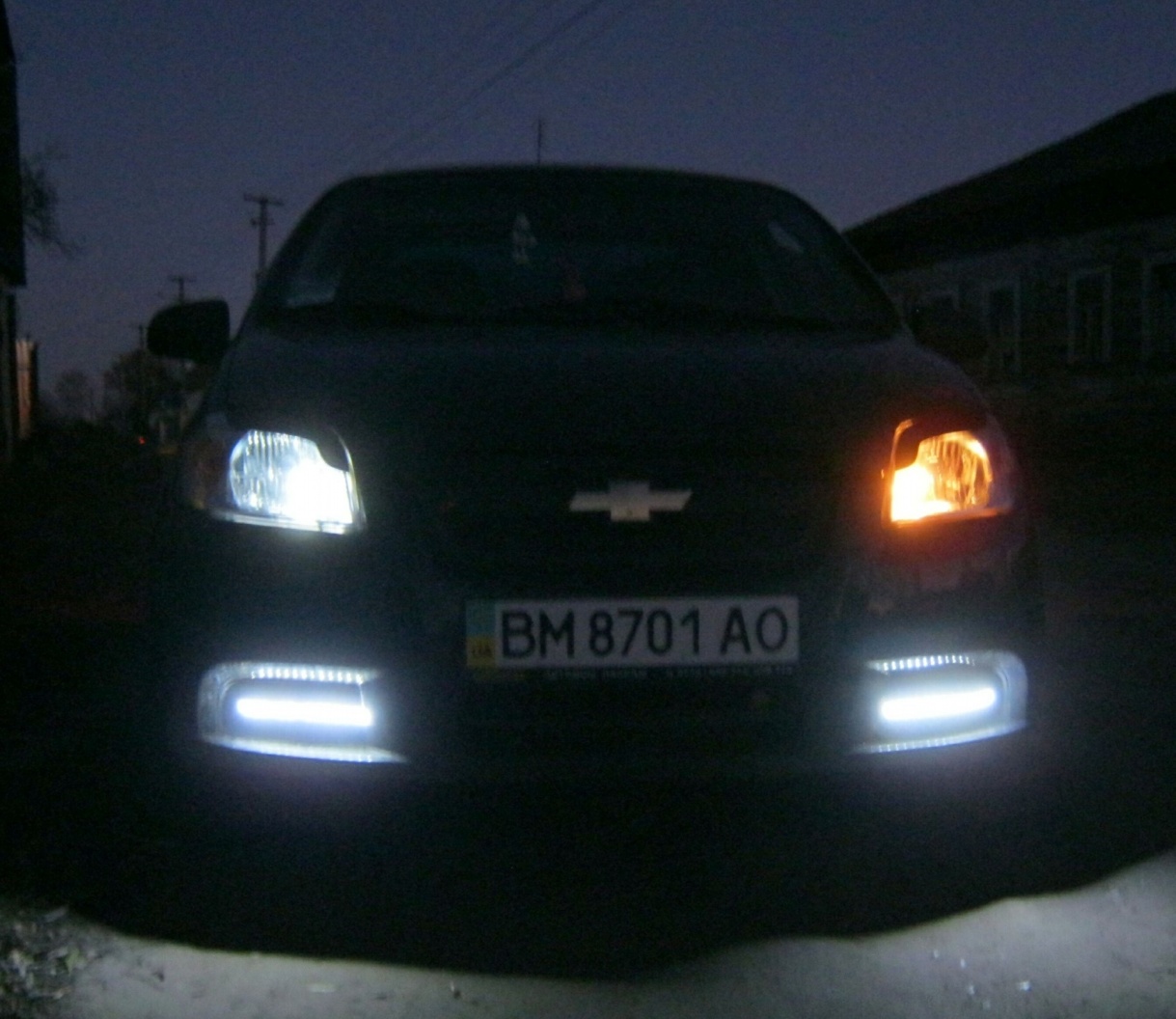What is the best bulbs to put in headlights
The question of what lamps should put in the headlights of your vehicle, almost every motorist asks. This applies to all the main lights: low and high beam, lights, emergency lights. The article tells about what parameters should be guided when choosing the type of headlight bulbs, and will give some useful recommendations on this subject.
How to choose lamps for headlights
Headlight
The work of the dipped beam headlights is what provides safety when driving in the dark periods of the day. Therefore, it is so important to choose and install the right type of lamps. It can be not only about replacing the light source, but also about complementing the regular equipment.
In fact, there are four ways:
- installation of xenon;
- installation of LEDs;
- The use of "halogens";
- addition to the already installed lighting.
With xenon, it's not so simple. In the Russian Federation, for example, the law prohibits the installation of xenon headlights on cars in which this is not provided by the requirements of the design (that is, those for which xenon is not a "native" light). Setting aside this point, it is worth noting the advantages of lamps of this type:
- brightness;
- reliability;
- long service life;
- compatibility with different car models;
- affordable price.
LEDs are even cheaper than xenon, and noticeably easier to install in the headlight. LED bulbs are also durable and bright, but in the context of car headlights, they have a serious drawback. Read more about this in the section "Mistakes when choosing bulbs.
Often modern halogen bulbs are installed in dipped beam headlights. Their advantages over standard "halogens" - high power, as well as high-quality filaments made of quartz glass. Plus the price is not the most discouraging. Disadvantages, however, this type also has: a relatively short lifespan and less, in comparison with xenon and LED, brightness.
Installing the same auxiliary lighting in the headlights means refinement of optics, including the installation of special lenses - bilinz. It is noted that a better light output can be achieved if you modify the headlights bilinzami and then put xenon lamps. Mounting lenses without modification of optics - a waste of time. For the driver, the dipped beam of such headlights will not be bright enough, and oncoming traffic, on the contrary, it can glare.
Read also: The best H1 bulbs for high beam
High beam
The main task of high beam headlights is to provide the driver with normal visibility over a long distance, including in bad weather conditions. The luminous flux for this must be wide. Xenon lamps give more width than "halogens", so they look preferable.

But this is a theory, and in practice xenon, as already noted, is not suitable for all headlights. A more universal option - halogen luminaries. Their marking contains the capital letter H. For installation in the high beam lights are used bulbs H1, H4, H7, H9, H11, HB3.
As for the fog lights, their function is to create a spot of light, which due to the reflection from the road surface will clear the driver's visibility. They are mounted in the bumper and shine from below. The main rule about fog lights - xenon is not suitable here. Of the "halogens" use H3, H7, H11.
Dimensions
Traditionally, halogen bulbs are installed in parking lights, and for their replacement with LEDs there are only two reasonable reasons:
- economy and durability;
- LED lights visually more beautiful and has a greater variability of settings.
W5W bulbs are suitable for front lights, and 21/5W - for rear.
Alarm lights
Emergency lights are installed to warn of vehicle malfunctions that could potentially endanger other road users. LED bulbs with the following characteristics are best suited for such lights:
- Optimal brightness in the range 50-100 lumens.
- Angle of illumination at least 270 degrees.
Mistakes when choosing headlight bulbs and useful tips
In conclusion - a few recommendations on how to avoid mistakes with the choice of lamps for headlights and parking lights of the car. One of the most common mistakes is connected with LED bulbs. Light sources of this type are simply not suitable for all headlights. If the car was designed specifically for halogen or xenon, "torture" it with LED lights is a silly idea, and it is not safe.
The first and the main thing is that the LED bulbs are larger in size than the "halogen" bulbs. Therefore, led bulbs may not correspond to the headlights on the technical parameters.
They will burn, but the harm from this light is more than good. First, because of the specified mismatch of optics in the focus does not get all the light flux, and it automatically creates the wrong beam. Secondly, this light gives the driver worse visibility of the road than halogen, and, at the same time, dazzles other drivers.
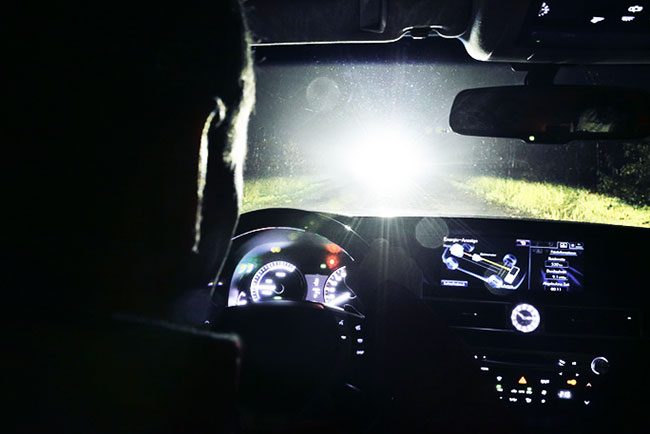
Finally, the "disagreement" between LEDs and the wrong model of headlights leads to regular overheating of the bulbs. This requires the installation of additional cooling equipment in the headlights, and sometimes correction of the head optics. Without such interventions, the lamp will not last long.
Now about the other types. Installation of xenon lights in the headlights of the "non-native" model should be entrusted to craftsmen, rather than trying to do everything on your own. Full transition to xenon is possible only if you install quality lenses, not to mention other additional equipment like corrector and a headlight washer.
In the "halogen" for cars, the power is of paramount importance. The use of 90-watt bulbs, much less 110-watt bulbs, of this type should be taboo for any driver. It is fraught with problems with wiring, melting of the headlight itself. In addition, high power, coupled with the Achilles heel of "halogens" - the lack of brightness - will create for the drivers of oncoming cars blinding light beam. Much more reasonable solution - to buy a "halogen" with a higher light output.
One more recommendation - if a halogen or xenon bulb fails on one headlight it is better to replace the light source on the other one as well. The exception - factory defect or accidental damage.
Finally, when choosing lamps for a car, you should always take into account the shade of light. Neutral white is the most effective (first of all, for dipped beam lights), yellow - less so, although for high beam and fog lights it is better to use it.
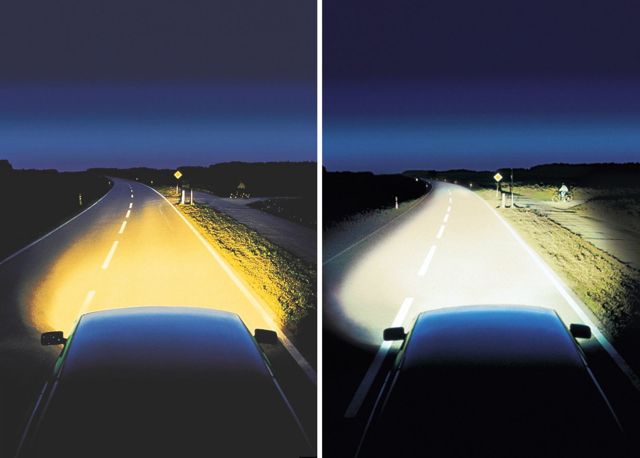
Mounting lights with blue or purple light output - clearly not the best idea. It is simply ineffective, and therefore - risky for the lives of road users. In addition, it may be illegal.
